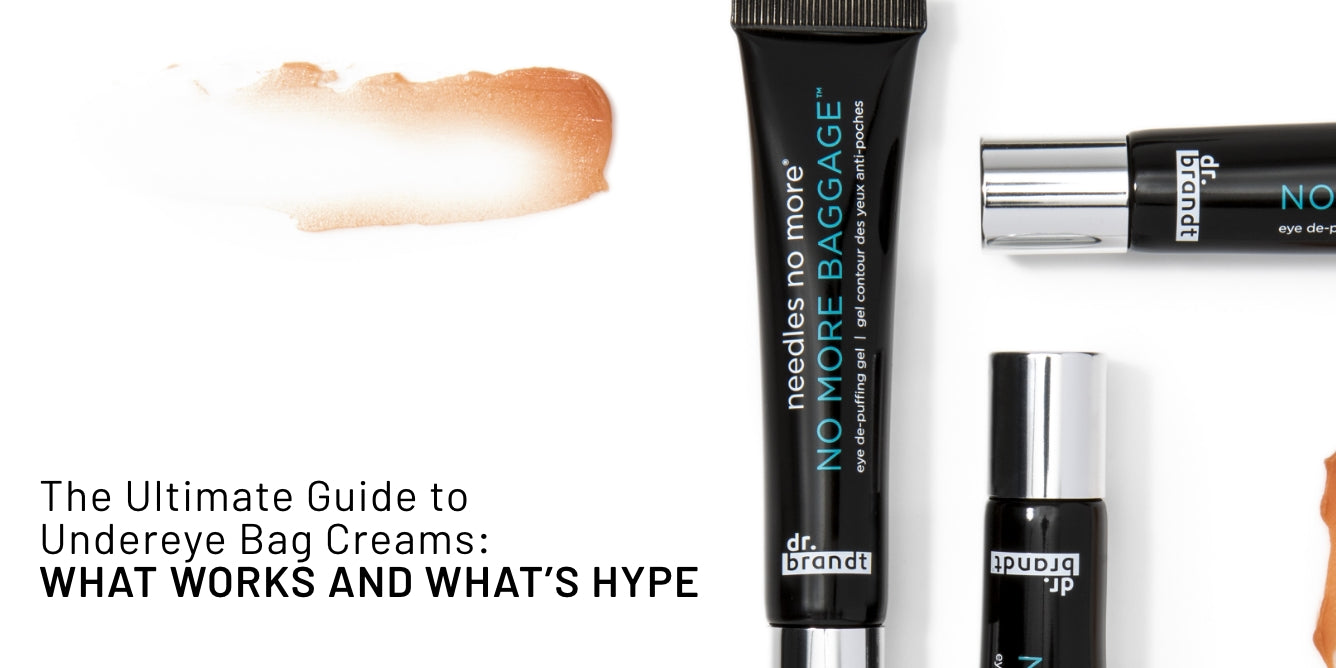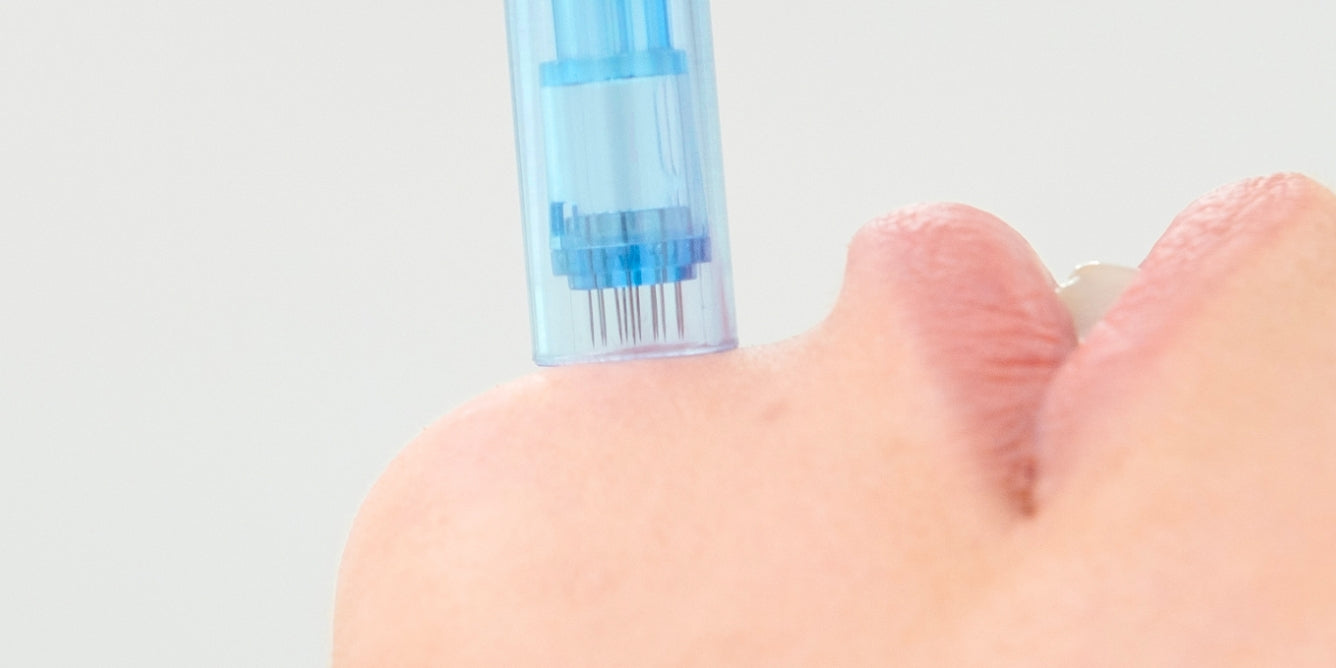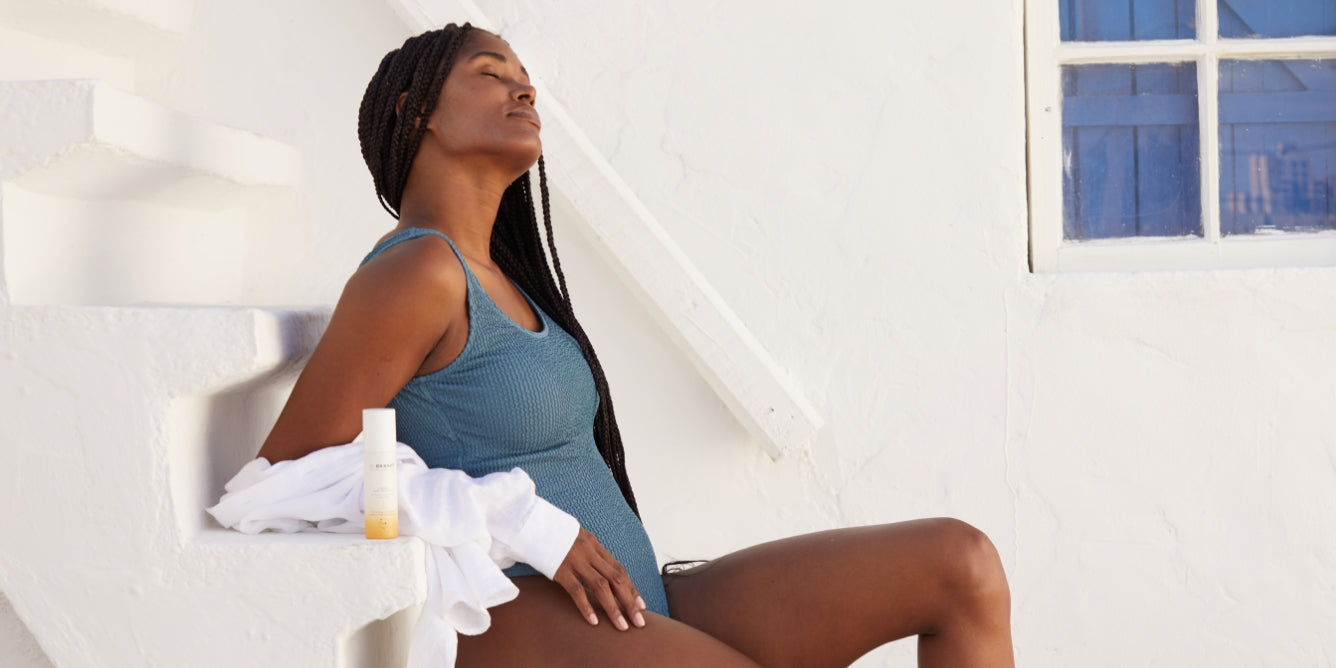
By Dr. Shasa Hu, MD, FAAD
Botox® has taken the world by storm since it became available back in 2002. It was exciting to be able to offer my patients a non-surgical treatment that could erase those pesky wrinkles from the forehead and crows feet in just a few days! But there is a lot more to this branded injectable medication that you may not have heard about before. Many people know of Botox® and are curious about it. I want to share with you some tips about this effective anti-aging treatment, as well as some misconceptions and risks of the procedure that every consumer should be aware of before they have it done.
What is Botox®?
Let's start at the beginning. Botox® or onabotulinumtoxin A is just one of the four currently FDA approved neuromodulators for forehead lines. The other ones are abobotulinumtoxinA (Dysport®, Azzalure®), incobotulinumtoxinA (Xeomin®/Bocouture®), and Jeuveau™ (prabotulinumtoxinA-xvfs). For the sake of discussion in the remainder of the blog, we will be discussing Botox®, but the information, in general, can be applied to all neuromodulators. In cosmetic office procedures, Botox® is the most performed procedure, outnumbering dermal fillers, laser, and chemical peels.
Botox® works by blocking the communication between the motor nerves and the facial muscles only at the site of injection. When that signaling pathway is blocked, the muscles can no longer move or contract. This then leads to the relaxing, smoothing, or softening of wrinkles you see on your forehead. These injections are very safe, with many years of safety data to back it up. Getting treatment and therapeutic results from Botox® should not be confused with botulism. Botulism is a potentially life-threatening infection caused by the botulium toxin secreted by clostridium botulinum. Eating unsanitary food is a way you could come into contact with this toxin. The body absorbs this toxin, which leads to paralysis and respiratory failure. Therefore botulism is entirely different from localized muscle relaxation from Botox® injection.
Are there any risks or side effects using Botox® cosmetic ?
Botox® cosmetics is very safe in general when administered by licensed, board-certified, and experienced providers. Pregnant or lactating women or people with neurological conditions such as ALS or Lou Gehrig’s disease, myasthenia gravis, or Lambert-Eaton syndrome may not be a candidate for neuromodulators. They should discuss with their doctors before treatment. People on certain medications or with allergies to components of Botox® should consult with their doctors as well. In general, it is essential to disclose all medical diagnoses, medications, supplements before your treatment, and discuss your expectations and concerns with your doctors.
Some of the unwanted side effects of Botox® can be a result of poor injection technique or unanticipated abnormalities in facial muscle anatomy. For instance, drooping eyelid or brown (ptosis) from Botox® is usually a result of too much Botox® being injected too low in relation to the eye bone. Some people may have asymmetrical muscle volume; therefore, the injection dosing needs to account for that asymmetry to avoid a lopsided result. Lastly, as with any injection, temporary pain, bruising, or redness may occur.

Using Botox® in cosmetic
Botox® has been used routinely to treat a wide range of conditions such as excessive sweating, migraines, muscular disorders, and some bladder and bowel disorders. In cosmetics, the most commonly treated areas are for frown lines (the “11”s between the eyebrows). Off-label use of Botox® includes injections to soften crow’s feet (smile lines around the eyes), forehead lines, bunny’s lines (lines around nose bridge), and necklines.
When to start?
There is no right or wrong time to start Botox® because when to start, Botox® is a very personal choice. I usually recommend beginning preventative Botox® in the late 20s for my patients to prevent the lines of facial expression from setting in. Women in their 30s may start seeing resting lines in between their brows and forehead. Botox® will help to smooth out these lines over time when performed appropriately.
How long does Botox® last and how to maximize the result?
Botox® takes about 3-5 days to kick in, and the maximal results are seen around week two from the time of injection. There are a lot of factors affecting how long each Botox® treatment will last. For example, the more units you get per treatment area, the longer the results will last. However, some people may prefer a softer look that lasts a shorter amount of time than a frozen look that will last longer in between sessions. Because the results from Botox® cosmetic injections are such a personal decision, it is very important to get an in-person consultation with your doctor first. Your doctor will assess your facial muscle anatomy, determine how to best plan out the injection based on your expectations and your face.
Some people may experience Botox® fatigue after years of getting Botox® treatments. When that happens, your doctor can switch you to another neuromodulator based on your medical history. The bottom line is that Botox® may look easy to administer, but to get the best results that fit your face and beauty standards, it's important to be selective with your provider. If you are not ready for Botox®, you can always take Dr. Brandt Skincare's needles no more wrinkle smoothing cream home to help smooth out the appearance of those expression lines before you are ready to see your dermatologist or plastic surgeon.




Leave a comment (all fields required)